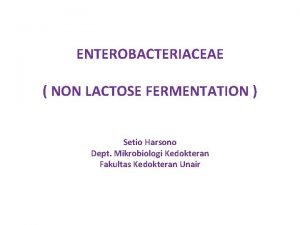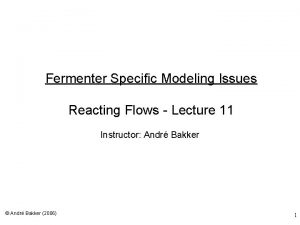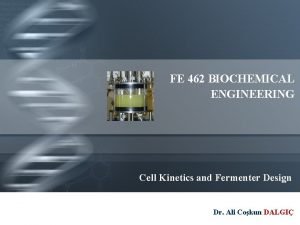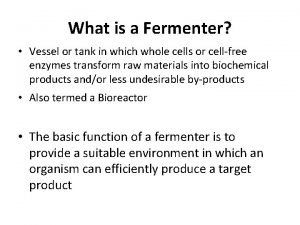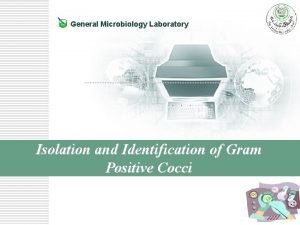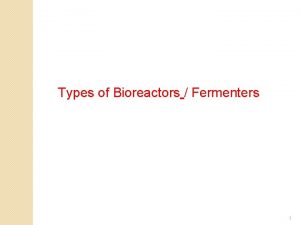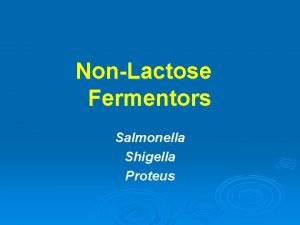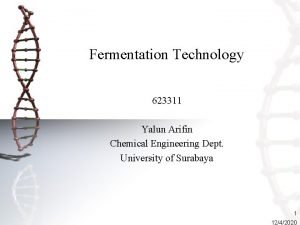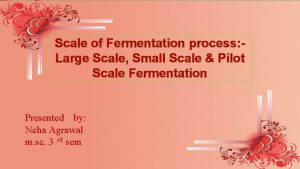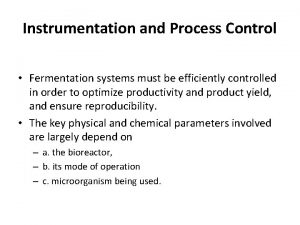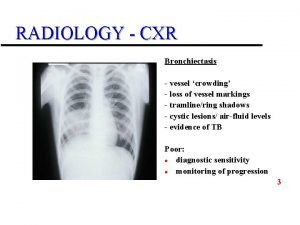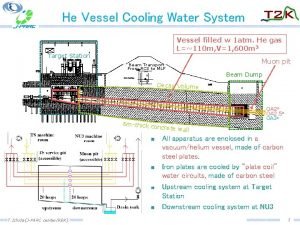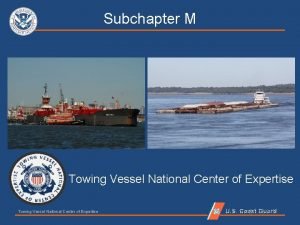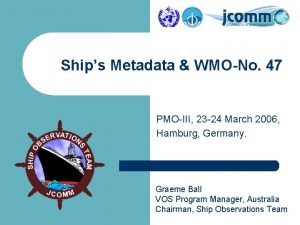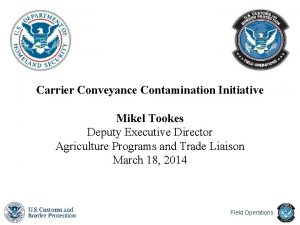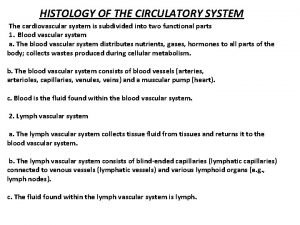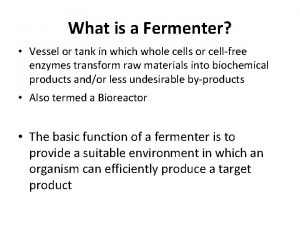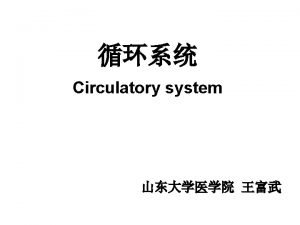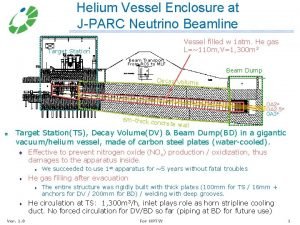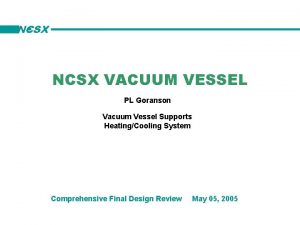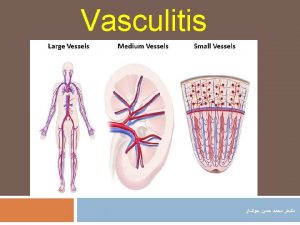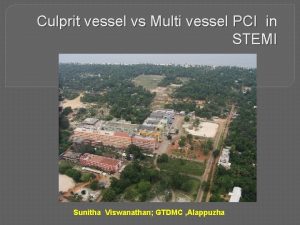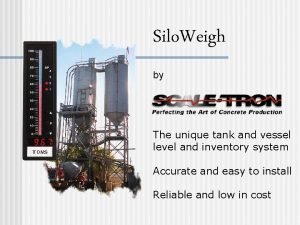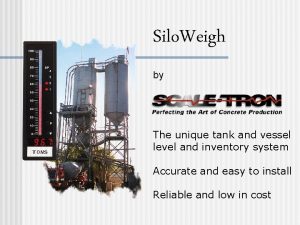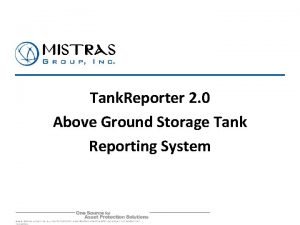What is a Fermenter Vessel or tank in























- Slides: 23

What is a Fermenter? • Vessel or tank in which whole cells or cell-free enzymes transform raw materials into biochemical products and/or less undesirable by-products • Also termed a Bioreactor • The basic function of a fermenter is to provide a suitable environment in which an organism can efficiently produce a target product

• • • Tower fermenter Air Lift fermenter Deep jet fermenter Bubble column fermenter Memebrane Bioreactor Packed column fermentor

Cross section of a fermenter 3

Stirred Tank Reactor

Cross section of a fermenter for Penicillin production 5

Air lift reactors • In such reactors, circulation is caused by the motion of injected gas through a central tube with fluid recirculating through the head space where excess air and the by-product CO 2 disengage. • The degassed liquid then flows down the annular space outside the draught tube

A Tubular Tower Fermenter : Alcohol fermentation • . . .

AIR LIFT FERMENTER : with Internal loop

Bubble driven bioreactors

Airlift reactors Advantages • Low shear • Easier to maintain sterility • Increased oxygen solubility (KLa) • Can allow large vessels Disadvantages • High capital cost • High energy costs • Hard to control conditions • Foaming hinders gas -liquid separation

Bioreactor configurations 11

Bioreactor configurations Bubble column In bubble-column reactors, aeration and mixing are achieved by gas sparging; this requires less energy than mechanical stirring. Bubble columns are applied industrially for production of bakers’ yeast, beer and vinegar, and for treatment of wastewater. A height-to-diameter ration of 3: 1 is common in bakers’ yeast production; for other applications, towers with H/D of 6: 1 have been used. The advantages are low capital cost, lack of moving parts, and satisfactory heat and mass transfer performance. Foaming can be problem. Homogeneous flow: all bubbles rise with the same upward velocity and there is no back-mixing of the gas phase. Heterogeneous flow: At higher gas velocity. Bubbles and liquid tend to rise up in the center of the column while a corresponding down flow of liquid occurs near the walls. 12

Airlift reactor Bioreactor configurations Airlift reactors are often chosen for culture of plant and animal cells and immobilized catalyst because shear level are low. Gas is sparged into only part of the vessel cross section called the riser. Gas hold-up and decreased liquid fluid density cause liquid in the riser to move upwards. Gas disengages at the top of the vessel leaving heavier bubble-free liquid to recirculate through the downcomer. Airlift reactors configurations are internal-loop vessels and external-loop vessels. In the internal-loop vessels, the riser and downcomer are separated by an internal baffle or draft tube. Air may be sparged into either the draft tube or the annulus. In the external-loop vessels, separated vertical tubes are connected by short horizontal section at the top and bottom. Because the riser and downcomer are further apart in external-loop vessels, gas disengagement is more effective than in internal-loop devices. Fewer bubbles are carried into the downcomer, the density difference between fluids in the riser and downcomer is greater, and circulation of liquid in the vessel is faster. Accordingly, mixing is usually 13 better in external-loop than internal-loop reactors.

Bioreactor configurations 14

Other bioreactors Packed bed Used with immobilized or particulate biocatalysts, for example during the production of aspartate and fumarate, conversion of penicillin to 6 aminopenicillanic acid, and resolution of amino acid isomers. Damaged due to particle attrition is minimal in packed beds compared with stirred reactors. Mass transfer between the liquid medium and solid catalyst is facilitated at high liquid flow rate through the bed. To achieve this, packed are often operated with liquid recycle. The catalyst is prevented from leaving the columns by screens at the liquid exit. Aeration is generally accomplished in a separated vessel because if air is sparged directly into the bed, bubble coalescence produces gas pockets and flow channeling or misdistribution. Packed beds are unsuitable for processes which produce large quantities of carbon dioxide or other gases which can become trapped in the packing. 15

Other bioreactors Fluidized bed To overcome the disadvantages of packed bed, fluidized bed may be preferred. Because particles are in constant motion, channeling and clogging of the bed are avoided and air can be introduced directly into the column. Fluidized bed reactors are used in waste water treatment with sand or similar material supporting mixed microbial populations, and with flocculating organisms in brewing and production of vinegar. Trickle bed Is another variation of the packed bed. Liquid is sprayed onto top of the packing and trickles down through the bed in small rivulets. Air may be introduced at the base; because the liquid phase is not continuous throughout the column, air and other gases move with relative ease around the packing. Trickle-bed reactors are used widely for aerobic wastewater treatment. 16

Other bioreactors 17

Airlift bioreactor

Airlift bioreactor • The region into which bubbles are sparged is called the air-riser. The air-riser may be on the inside or the outside of the draft-tube. The latter design is preferred for large scale fermenters as it provides better heat transfer efficiencies. • The rising bubbles in the air-riser cause the liquid to flow in a vertical direction. To counteract these upward forces, liquid will flow in a downward direction in the down-comer. This leads to liquid circulation and thus improved mixing efficiencies as compared to bubble columns. • The enhanced liquid circulation also causes bubbles to move in a uniform direction at a relatively uniform velocity. This bubble flow pattern reduces bubble coalescence and thus results in higher k. La values as compared to bubble column reactors.

9. Fluidised bed reactors

Fluidised bed reactors • Fluidised bioreactors are one method of maintaining high biomass concentrations and at the same time good mass transfer rates in continuous cultures. • Fluidised bioreactors are an example of reactors in which mixing is assisted by the action of a pump. In a fluidised bed reactor, cells or enzymes are immobilised in and/or on the surface of light particles. • A pump located at the base of the tank causes the immobilised catalysts to move with the fluid. The pump pushes the fluid and the particles in a vertical direction. The upward force of the pump is balanced by the downward movement of the particles due to gravity. This results in good circulation.

Fluidised bed reactors • For aerobic microbial systems, sparging is used to improve oxygen transfer rates. • A draft tube may be used to improve circulation and oxygen transfer. Both aerobic and anaerobic fluidised bioreactors have been developed for use in waste treatment. • Fluidised beds can also be used with microcarrier beads used in attached animal cell culture. • Fluidised-bed microcarrier cultures can be operated both in batch and continuous mode. In the former the fermentation fluid is recycled in a pump-around loop.

Fluidised bed reactors
 Enterobacteriaceae non lactose fermenter
Enterobacteriaceae non lactose fermenter Mass flow fermenter
Mass flow fermenter Fermenter
Fermenter Tubular tower fermenter diagram
Tubular tower fermenter diagram Deep jet fermenter
Deep jet fermenter Mannitol fermenter
Mannitol fermenter Tower fermenter advantages and disadvantages
Tower fermenter advantages and disadvantages Serology test
Serology test Fermenter types
Fermenter types Large scale fermentation
Large scale fermentation Which of the following sensor penetrates into the fermenter
Which of the following sensor penetrates into the fermenter Sea protest sample
Sea protest sample A clot that develops and persists in an unbroken vessel
A clot that develops and persists in an unbroken vessel Sinusoidal capillaries
Sinusoidal capillaries Crowding of vessels
Crowding of vessels Could 131g of xenon gas in a vessel
Could 131g of xenon gas in a vessel Sea vision maritime
Sea vision maritime Alligation method
Alligation method Adsorb
Adsorb Towing tunica
Towing tunica Wmono
Wmono Asian gypsy moth vessel inspection
Asian gypsy moth vessel inspection Passenger vessel safety act of 1993
Passenger vessel safety act of 1993 Blood vessel types
Blood vessel types
